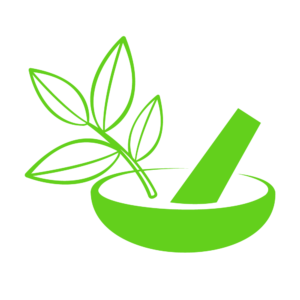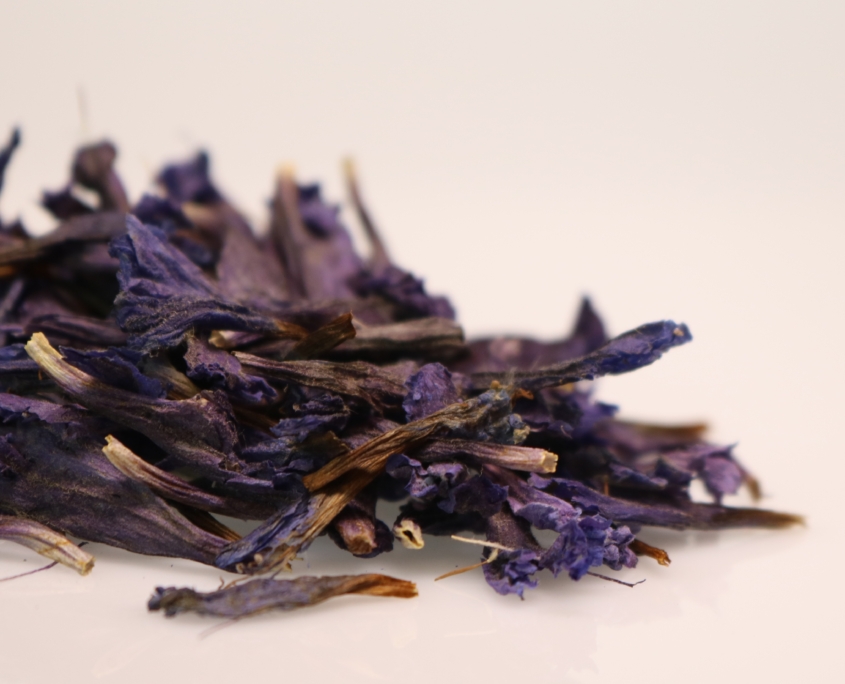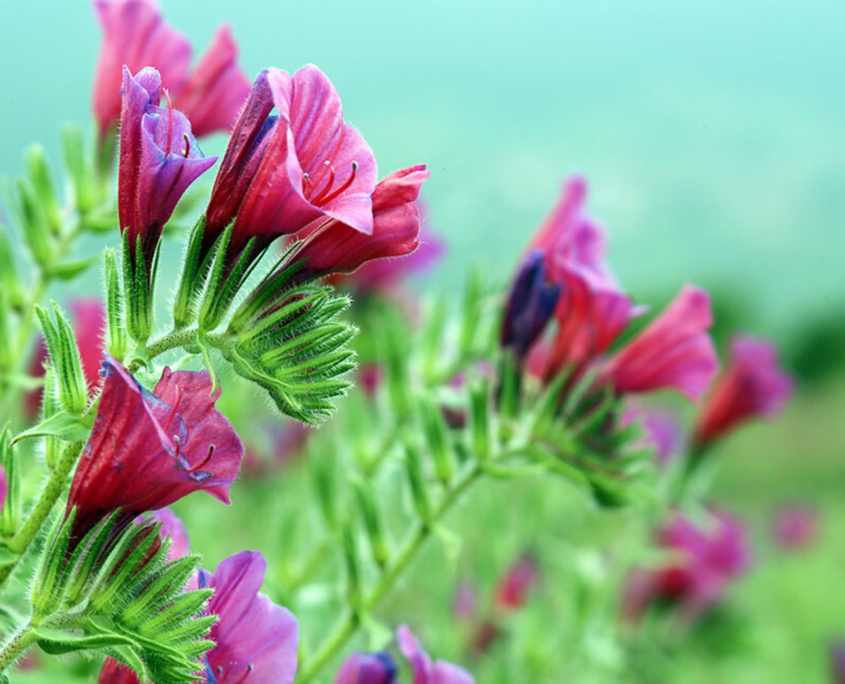Iranian Borage
English name: Iranian Borage
Persian name: گل گاوزبان
Scientific name: Borago officinalis
Common name: Oxtongue flower, Common borage family Boraginaceae (Borage flower family
The Arabic name: لسان الثور
French name: Bourrache
German name: Boretsch
Description
Borage flower is a one-year herbaceous plant up to 70 cm high, the stems of this plant are branched and covered with rough fibers. The leaves are simple and covered with rough fibers. The leaves are without petiole in the upper part and have distinct leaf petiole in the end part. The flowers of this plant are relatively small and beautiful in blue. Sometimes the flowers may be the color of flowers. The part used is the flower, which has a glazed taste. In some books of medicinal plants, the use of plant leaves is also mentioned. The place where the borage flower grows in the world includes Mediterranean areas, France, North Africa and some parts of Asia. This type of borage flower, which is called European, does not grow in Iran.
Important properties
Borage flower has expectorant properties due to its mucilage. This plant also has a weak anti-diarrheal effect, which is due to its tannins, in addition, it has a moderate diuretic effect, which is mostly due to the presence of malic acid and potassium nitrate in it. Borage is one of the OTC medicines and its use does not require a prescription and is mostly used for colds. So far, no specific scientific reason has been provided for this issue. Of course, because one of its effects is the creation of sweating, this connection can be understood to some extent.
- Principle
- Energy
- Carbohydrates
- Protein
- Fat
- Sugars
- Fiber
- Value/100g
- 25
- 3.55
- 2.09
- 0.81
- 0
- 0
- Unit
- Kcal
- g
- g
- g
- g
- g
The most important reported effects of consuming borage flowers:
Analgesic, anti-inflammatory, anti-fever, anti-spasm, adrenal gland stimulant, cardiac astringent, diuretic, respiratory tract softener, diuretic, expectorant, hepatotoxic, genotoxic, hepatocarcinogenic, lactating, blood pressure lowering, laxative, nerve tonic and housing.
Important ingredients
The plant does not contain pharmacologically active compounds, unlike other plants of this family, it does not contain pyrrolizidine alkaloids that damage the liver, the main components of borage include mucilage, some tannins and a small amount of essential oil.
Method and amount of consumption
Borage flower is used in several ways. 1-2 to 4 ml of plant leaf extract is taken once a day. Pour 2-2 tablespoons of borage flower in a glass of boiling water and wait for 20 minutes. It is better. The top of the container should be covered with a cloth or a door. Also, instead of this process, the mixture can be boiled for only 5 minutes. After that, filter the mixture and drink 13 to 40 ml of borage tincture three times a day. 4. To relieve fever or bronchitis, 10 grams of leaves or flowers can also be mixed in one liter of water and boiled for 5 minutes. we want
toxicity
Borage flower has been used for hundreds of years and so far there have been no reports of its side effects. This plant is consumed in different forms, including tea, jelly, jam, raw or cooked like spinach, although there have been no reports of toxic compounds in this plant, but it should be consumed in moderation.
Iranian borage
The borage flower used in Iran is a plant flower with the scientific name Echium amoneum from the borage family, which grows in a large area of Alborz region at an altitude of about 1500 to 2000 meters. The flowers of this plant are larger than the European type and are blue-purple or violet in color. The straight or bent stem of the borage flower has simple leaves and one vein, and the borage fruit is pointed and has small ridges on it.
Borage flower has been used since ancient times in Iran as an expectorant and expectorant for colds, as well as a diuretic and to strengthen the heart and nerves. Not many studies have been done about the exact composition of this type of borage or its pharmacological effects and properties; But due to its great similarity with the European type, it seems that they are similar in terms of properties.
Method and amount of consumption
Due to the similarity between European and Iranian Borage flower, it seems that the amount and method of their consumption are similar. In this sense, we mix about 5 grams of flowers with a glass of water and boil for 5 minutes and then we drink the strained water. Also, instead of this decoction, we can use an infusion by mixing the same amount with a glass of water. While it is boiling, mix and wait for about twenty minutes until it infuses, which of course is better with the lid of the container closed.
important things
- Due to the fact that the flowers are delicate and soft, it is not necessary to boil them for a long time to prepare the decoction. On the other hand, boiling for a long time causes the color of the solution to fade, which is due to the instability of its colors in heat.
2 Since ancient times, borage flowers have been mixed with Omani lemon and consumed together in the form of infused or boiled, considering that Omani lemon has a calming effect, it seems that the mixture of these two has more complete effects and may cause strengthening the effect on each other, of course, these phenomena should be studied, apart from that, the acidic property of lemon makes the color of the borage flower beautiful. It creates a taste that is mostly used as a sedative and relief of cold symptoms for many years.
3 Although in some countries, European burdock leaves are used as its flower, but it is impossible to use Iranian burdock leaves instead of its flowers without studying. According to experience, the part used is Iranian burdock flowers and it is still used.



